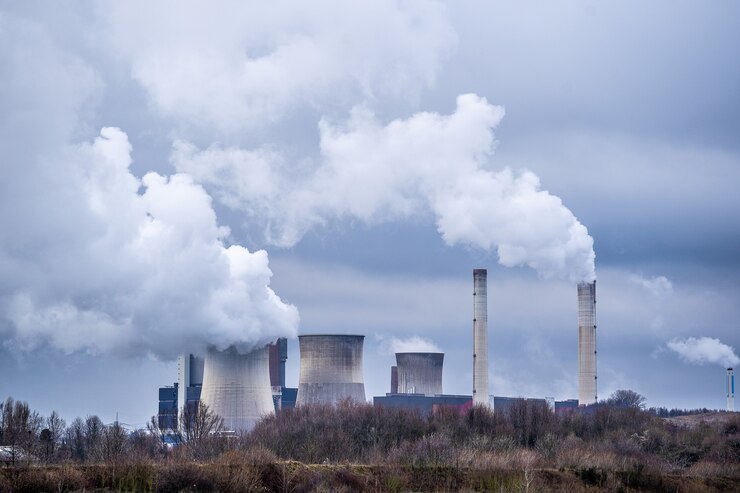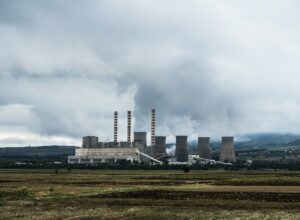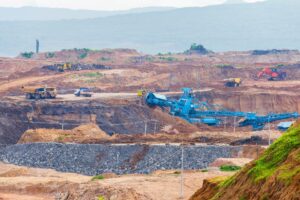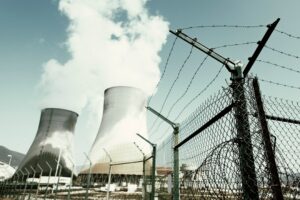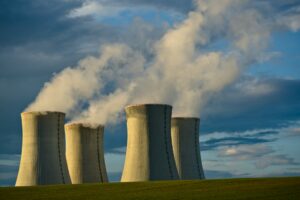When it comes to nuclear power, misconceptions and complex technical jargon often fuel confusion and uncertainty. As nuclear energy continues to play a crucial role in the global transition to clean energy production, addressing common questions and misconceptions becomes even more important to foster a better understanding of this promising low-emission energy source. In this article, we delve into the world of nuclear power and tackle seven frequently asked questions to demystify the subject and promote informed discussion on its various aspects.
From safety measures in place to protect communities and the environment to concerns about radiation exposure and waste management, this comprehensive guide will shed light on the most pressing questions that both supporters and skeptics often raise. Additionally, we will explore the economic benefits associated with nuclear power and examine how it fits into the broader context of sustainable energy production and climate change mitigation efforts.
1. How Does Nuclear Power Generation Work?
At its core, nuclear power generation relies on the heat produced by controlled nuclear reactions, specifically, nuclear fission. Nuclear fission occurs when the nucleus of a heavy atom, typically uranium-235 or plutonium-239, is hit by a neutron, causing the nucleus to split into two smaller nuclei and release a tremendous amount of energy in the form of heat. This heat is used to produce steam, which in turn drives turbines connected to generators that produce electricity.
2. Is Nuclear Power Safe?
Nuclear power plants are designed and operated with multiple layers of safety systems and protocols to ensure that they function safely and avoid accidents. These measures include physical barriers, redundant safety systems, and continual monitoring and maintenance. The International Atomic Energy Agency (IAEA) plays a significant role in setting global safety standards, with each country also implementing its regulatory framework for nuclear power safety.
Nuclear power has an excellent safety record when compared to other major energy sources, and recent advancements in technology and safety protocols are continually improving the safety of nuclear power generation.
3. What Are the Risks of Radiation Exposure from Nuclear Power Plants?
Nuclear power plants are designed to minimize the risk of radiation exposure during both normal operations and potential accidents. Routine emissions from nuclear power plants are well below regulatory limits and pose negligible risk to nearby communities or the environment. Existing background radiation levels from natural sources like cosmic rays, radon gas, and soil minerals actually contribute much more to an individual’s annual radiation dose than radiation associated with nuclear power generation.
In the event of a severe accident resulting in the release of radioactive materials, multiple layers of safety systems and containment structures are in place to mitigate the impact and protect public health and the environment.
4. How Is Nuclear Waste Managed and Disposed Of?
Nuclear waste management is a multi-stage process, beginning with temporary storage onsite at nuclear power plants. Onsite storage typically involves spent fuel assemblies being submerged in pools for several years, allowing radioactivity levels and heat to decrease. Following this initial stage, the spent fuel can then be transferred to dry cask storage, which consists of heavily shielded, airtight steel or concrete containers designed for safe long-term storage.
The ultimate goal for nuclear waste disposal is the storage of spent fuel in deep geological repositories. These facilities are specially designed to safely contain high-level radioactive waste for tens of thousands of years, preventing it from contaminating the environment or posing risks to human health.
5. How Does the Cost of Nuclear Power Compare to Other Energy Sources?
The cost of generating nuclear power consists of several factors, including upfront capital costs for construction, operational costs, fuel costs, and decommissioning and waste disposal costs. While the initial capital costs of constructing a nuclear power plant can be high, the low fuel and operational costs, coupled with the high capacity factor of nuclear plants, make nuclear energy competitive with other energy sources over the plant’s operational lifetime.
Furthermore, the environmental and societal benefits of nuclear power – such as reducing greenhouse gas emissions, improving air quality, and promoting energy independence – should also be considered in an overall cost analysis.
6. How Does Nuclear Power Contribute to Addressing Climate Change?
As a low-emission energy source, nuclear power plays an essential role in reducing greenhouse gas emissions and combating climate change. Nuclear power plants generate electricity without producing high levels of carbon dioxide, which is the primary greenhouse gas responsible for global warming. The lifecycle greenhouse gas emissions associated with nuclear power are comparable to those of renewable energy sources like wind and solar, making it a vital component in the global clean energy transition.
7. Is Nuclear Power a Viable Long-Term Solution for Clean Energy Production?
Nuclear power is well-suited to complement other renewable energy sources like solar and wind, providing a reliable and stable supply of electricity in a low-emission energy mix. The development of advanced nuclear technologies, such as small modular reactors (SMRs) and next-generation reactor designs, further enhances the potential of nuclear power as a valuable long-term clean energy solution.
By integrating nuclear power with renewable and sustainable energy sources, nations can work toward a diversified and balanced energy portfolio that is secure, resilient, and environmentally responsible.
Embracing Nuclear Power: A Clear Path to a Low-Carbon Future
Nuclear power stands as a critical component in the global pursuit of low-emission energy production and climate change mitigation. With innovative advancements in safety, waste management, and advanced reactor designs, nuclear power is poised to become an increasingly integral part of our clean energy future. Thanks to the commitment and expertise of industry leaders like William Sheriff and enCore Uranium, the potential for nuclear power to serve as a reliable, sustainable, and economically viable solution is well within reach.
As we demystify the complexities of nuclear power and dispel common misconceptions, we can foster a better understanding and appreciation for the role this energy source plays in achieving our climate and clean energy goals. By actively engaging in informed discussions and embracing nuclear power technology, we can create a more environmentally responsible and secure energy future for generations to come.
To learn more about William Sheriff, enCore Uranium, and their commitment to advancing nuclear power technology and shaping the clean energy landscape, we encourage you to contact us today. Join us in embracing nuclear energy in the United States as a vital contributor to a diversified, low-carbon energy portfolio that will power a cleaner, more sustainable world.
